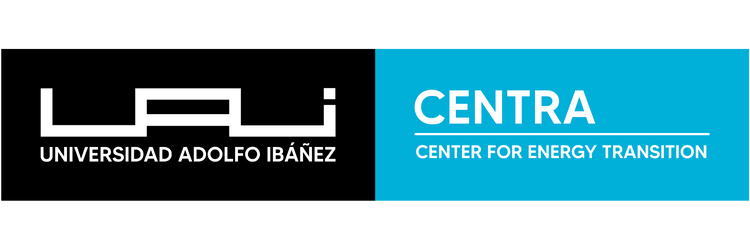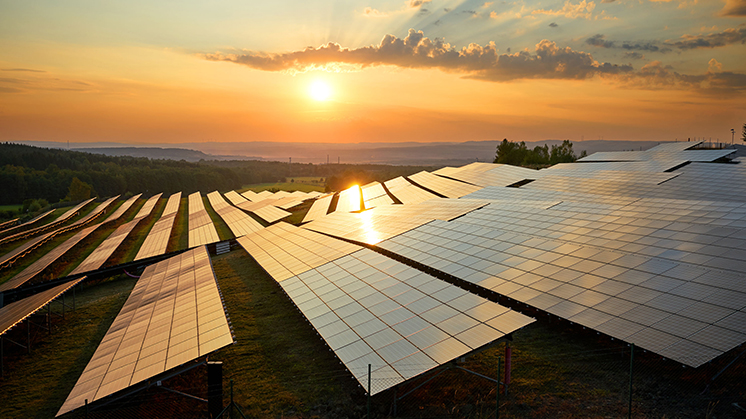From Solstice to Action: Solar Energy to Decarbonize Chile
June 23, 2025
Every June 21st, while the Southern Hemisphere experiences its longest night, we celebrate Sun Day to remind ourselves that the planet’s greatest source of energy never takes a break—even in the heart of winter solstice. In Chile, that reminder comes backed by solid data: as of February 2025, the country’s installed solar power capacity reached 11 GW, accounting for 31% of the total capacity of the National Electric System (SEN). That same month, solar energy provided 27% of all electricity generation.
Chile’s photovoltaic boom is a success story, but it needs to be viewed in context. Electricity makes up just 23% of the country’s final energy consumption; the remaining 77% still comes mainly from oil derivatives, gas, and biomass. In other words, although we’ve drastically reduced emissions from the power sector, we continue burning fossil fuels to move trucks, process minerals, heat water, and cook food.
Chile’s solar revolution has centered on large-scale desert parks in the Atacama and Small Distributed Generation Units (PMGD). However, households remain largely absent from the equation: by December 2024, the net billing scheme had only 310 MW across 27,000 residential and commercial installations. While we deploy panels in northern valleys, we’re missing the opportunity to harness the millions of urban rooftops that could produce electricity locally—relieving pressure on the transmission grid in the process.
How do we tackle that other 77% of the energy matrix without worsening grid bottlenecks? Some suggest “electrifying everything that can be electrified,” but a quick calculation shows that fully replacing fossil fuels would require quintupling electricity generation and building hundreds of kilometers of new transmission lines—with significant environmental and social impacts.
The solution, therefore, must be hybrid: More electrification, but done smartly—prioritizing high-efficiency uses (like heat pumps and lightweight mobility) and reinforcing the grid with storage and flexibility. Solar thermal energy can serve low-temperature industrial processes, complementing photovoltaics. Aggressive energy efficiency—the “first source” of energy—lowers demand before we even build new generation plants. Synthetic fuels and green molecules (hydrogen, methanol, e-fuels) will be essential for aviation, heavy transport, and high-temperature industrial processes. Sustainable biomass and carbon capture technologies will play a key role, especially in agroforestry regions where supply chains already exist.
While national strategies are being crafted, every person can make a difference at home: Install photovoltaic panels under the net billing system. Use solar thermal collectors to heat water, cutting gas use for showers by up to 70%. Apply common-sense efficiency measures: thermal insulation, LED lighting, energy-efficient appliances, and mindful consumption habits. These actions may seem small individually, but on a massive scale they represent gigawatts of avoided capacity and tons of CO₂ emissions prevented.
On this Sun Day, let’s look beyond the dazzling solar trackers of the Atacama Desert and set our sights on every neighborhood, building, and business. Chile’s solar potential—one of the highest in the world—can and must become the backbone of an energy transition that addresses both electricity and the vast remaining 77% of the energy matrix. To achieve this, we need policies that accelerate distributed generation, strengthen energy efficiency, and promote innovation in clean fuels.
Let the solstice be a reminder: Chile’s energy future is already shining above our heads. All we need now is the collective will to capture it—and make it happen together.

